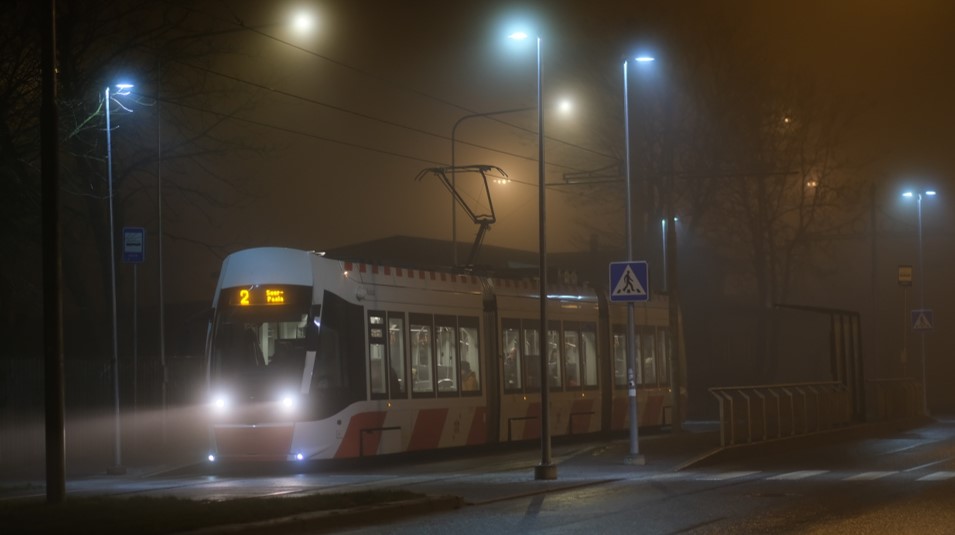In the past decade, some cities have considered or adopted fare-free public transit to aid low-income residents and cut emissions. This follows Tallinn, Estonia’s example, which has offered free public transit to residents since 2013, aiming to support lower-income residents affected by the 2008 financial crisis while charging non-residents. This strategy was not only a social measure but also an economic one, as it was intended to increase the city’s population and, consequently, its tax revenues.
However, a recent assessment reveals that the policy has had limited success in altering mobility habits. Despite free transit, the city has witnessed a decline in public transport usage, especially among low-income individuals. Contrary to expectations, car ownership and usage have increased, suggesting that the policy did not significantly shift travel behaviour from private cars to public transit.
This outcome in Tallinn provides critical insights for other cities considering similar measures. It underscores the complexity of urban mobility issues and the potential for unintended consequences when implementing large-scale transportation policies. It is remarkable that fare-free initiative was not motivated by a strategy to reduce car usage, a factor that has become more significant in current discussions about fare-free public transit due to climate change concerns.
In conclusion, Tallinn’s experience with fare-free public transit offers valuable lessons for urban planners and policymakers worldwide. It reminds us that even well-intentioned policies can yield unexpected results, emphasizing the importance of a multifaceted approach to urban mobility where social, economic, and environmental factors are all carefully considered and balanced.
For further information, check the original article.



